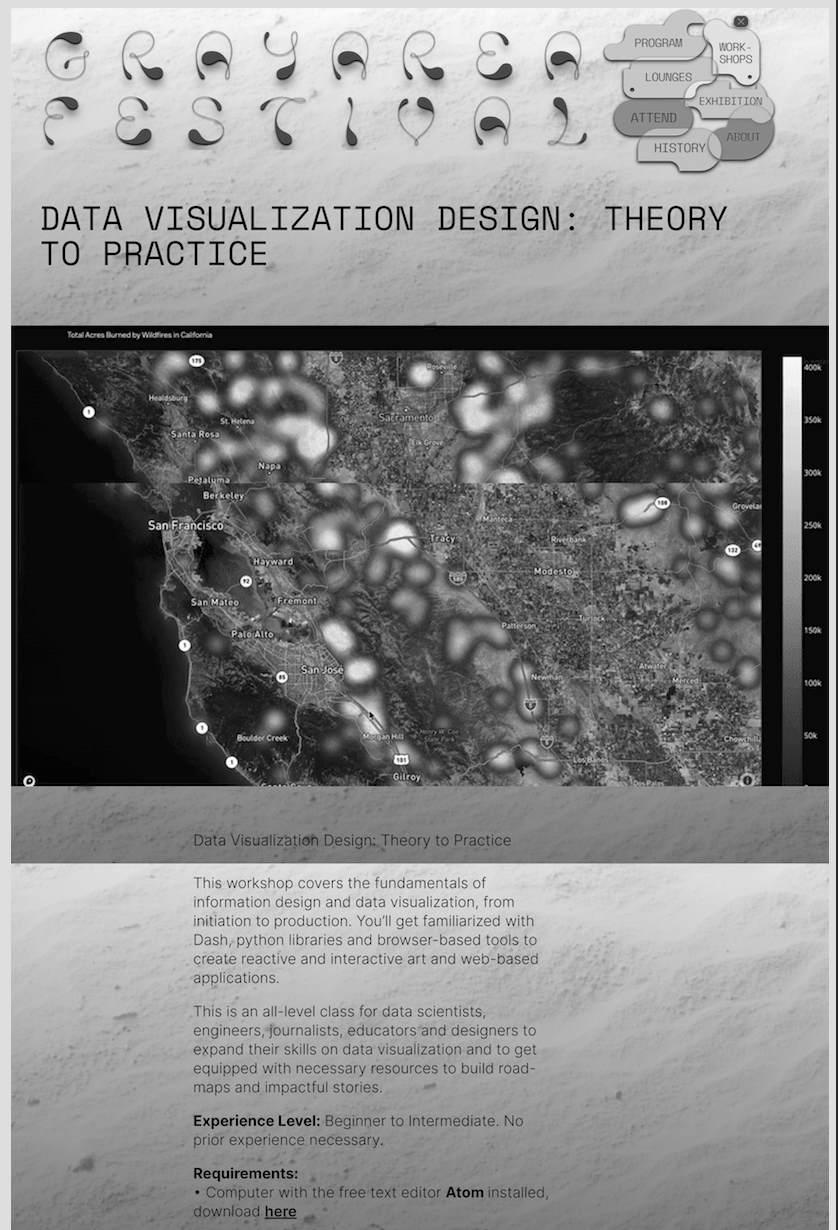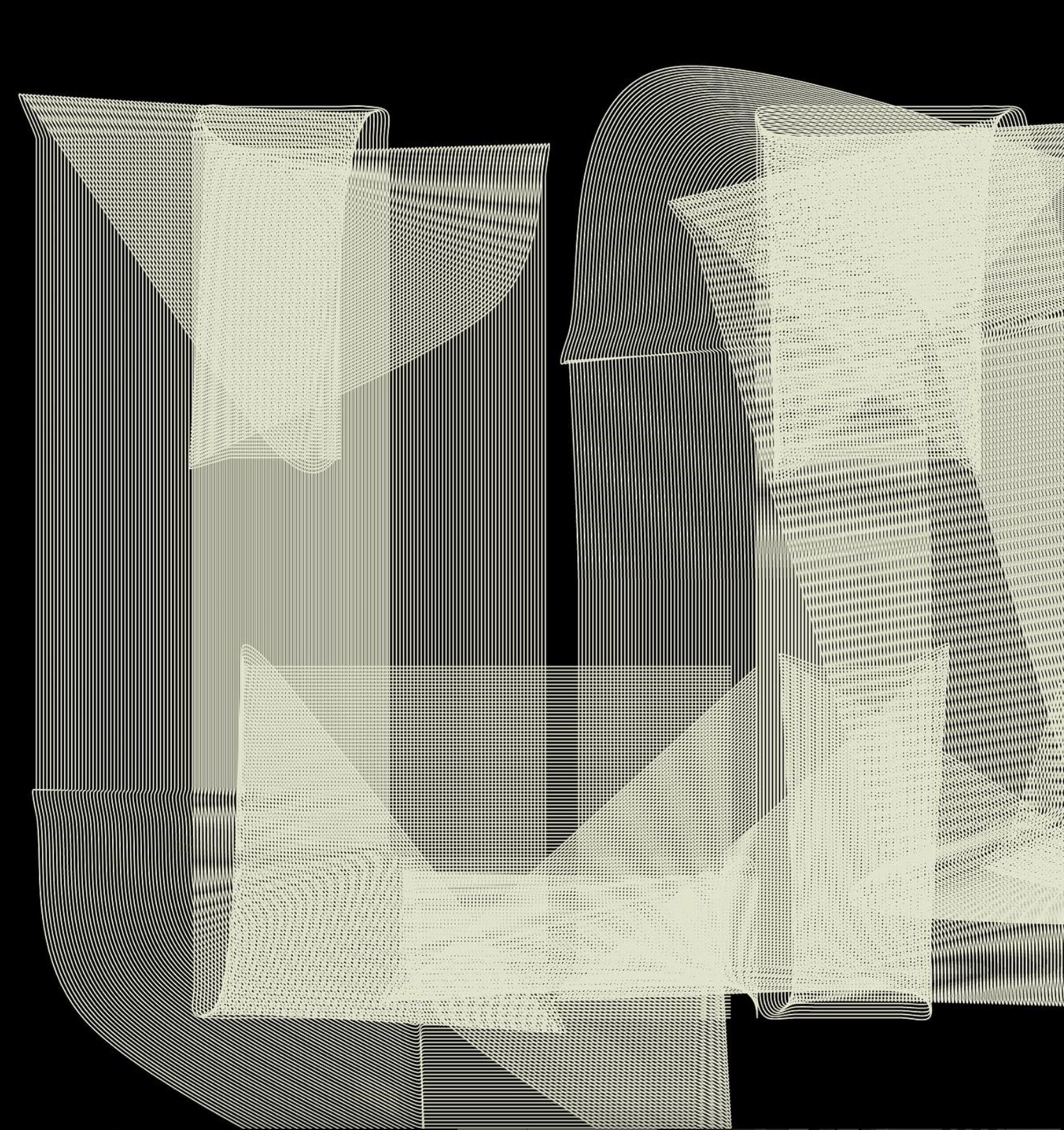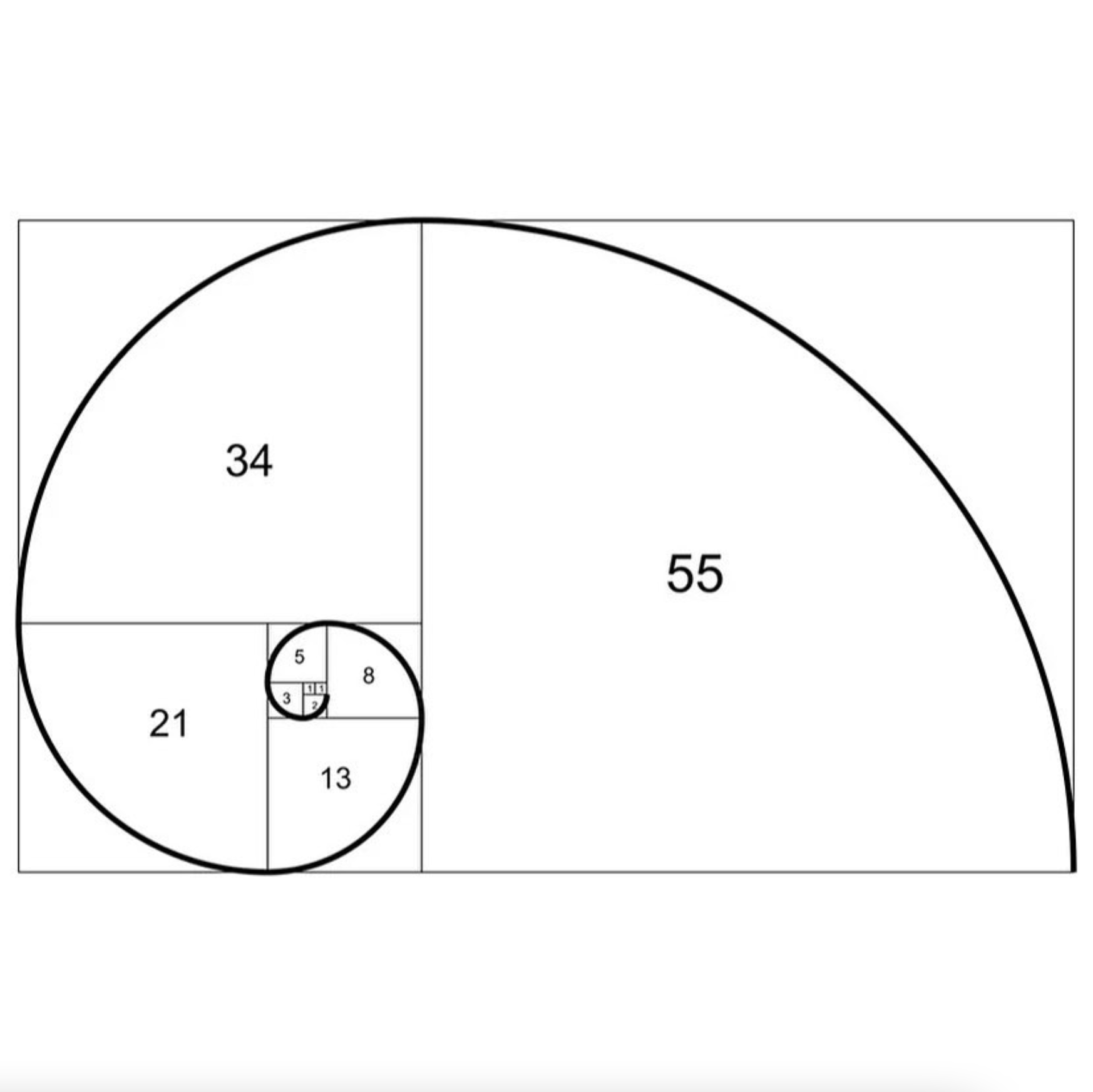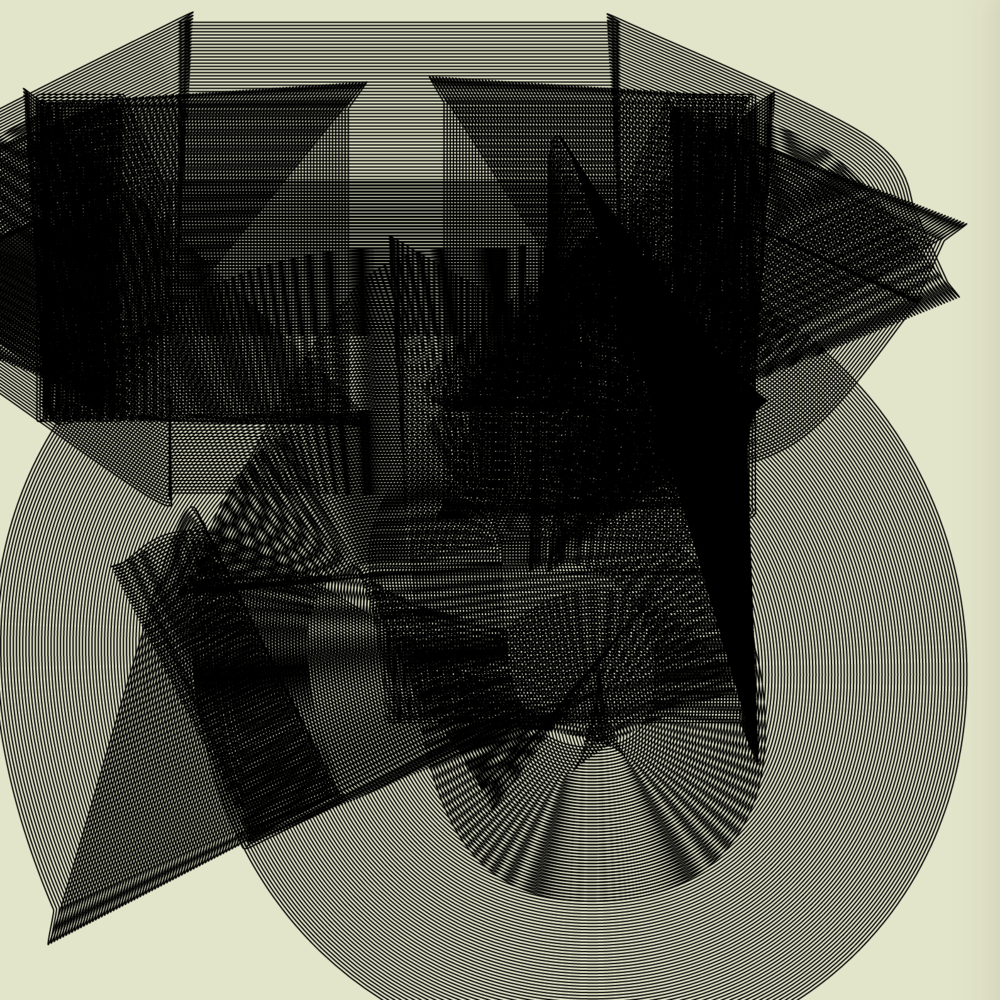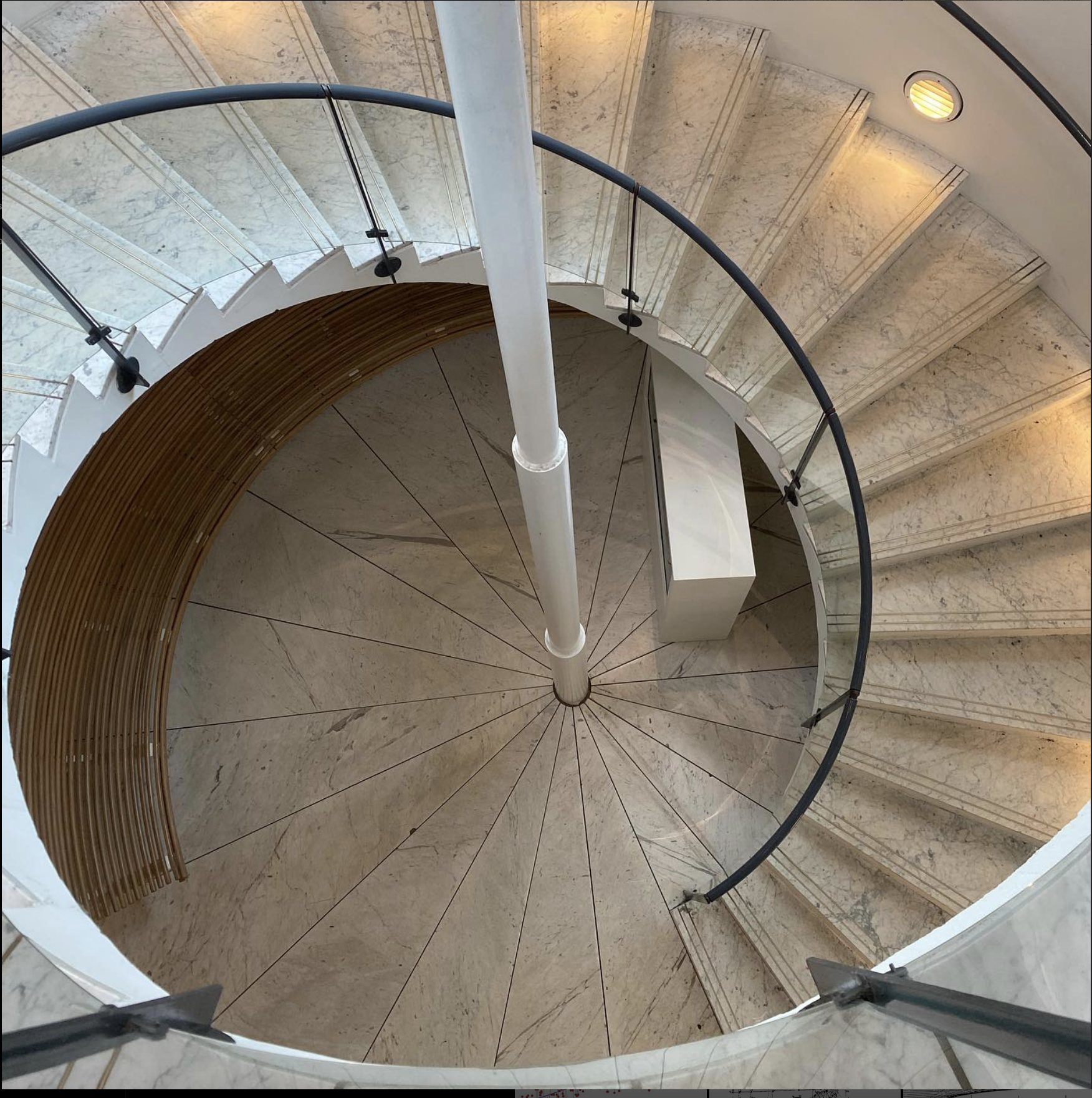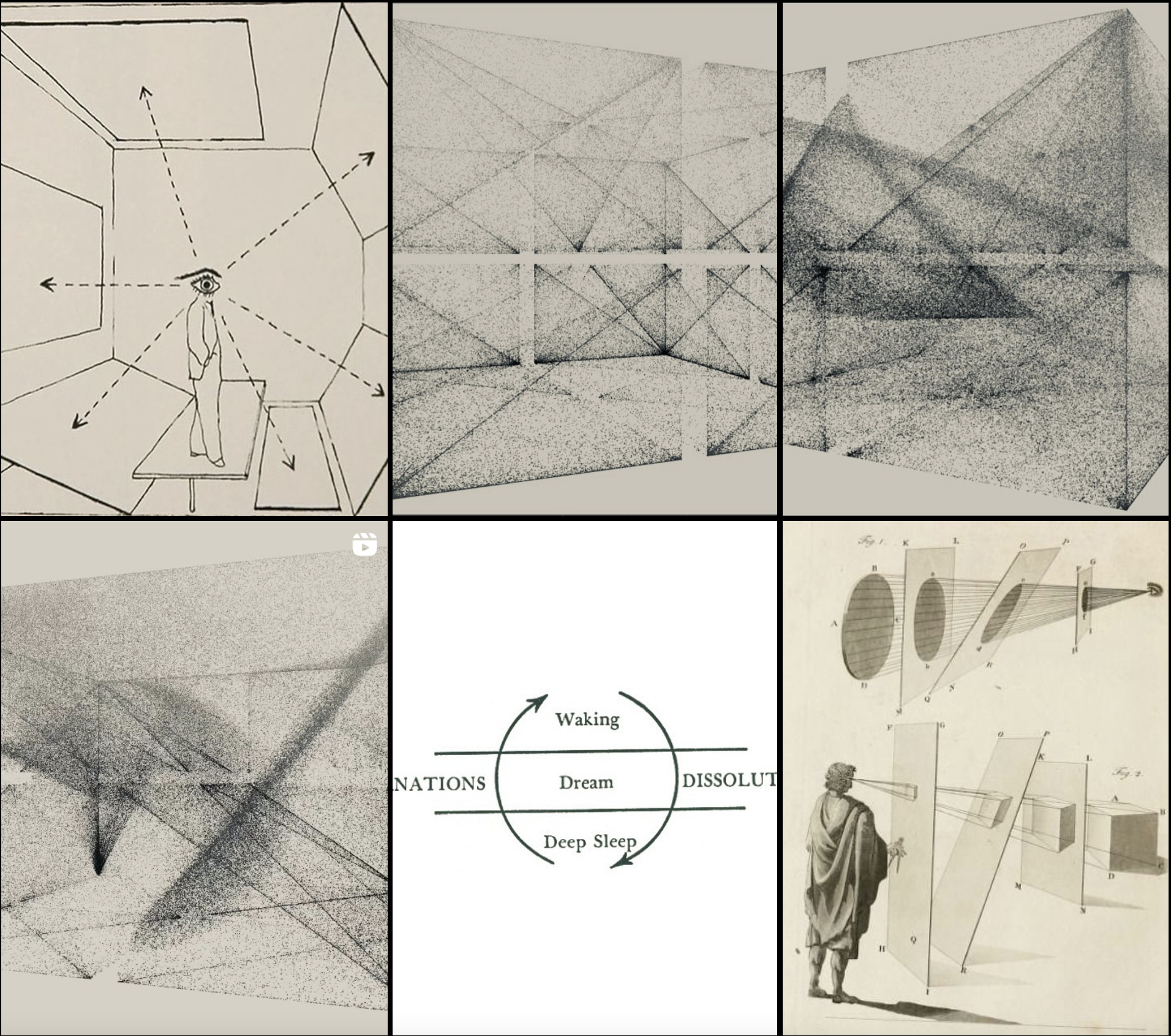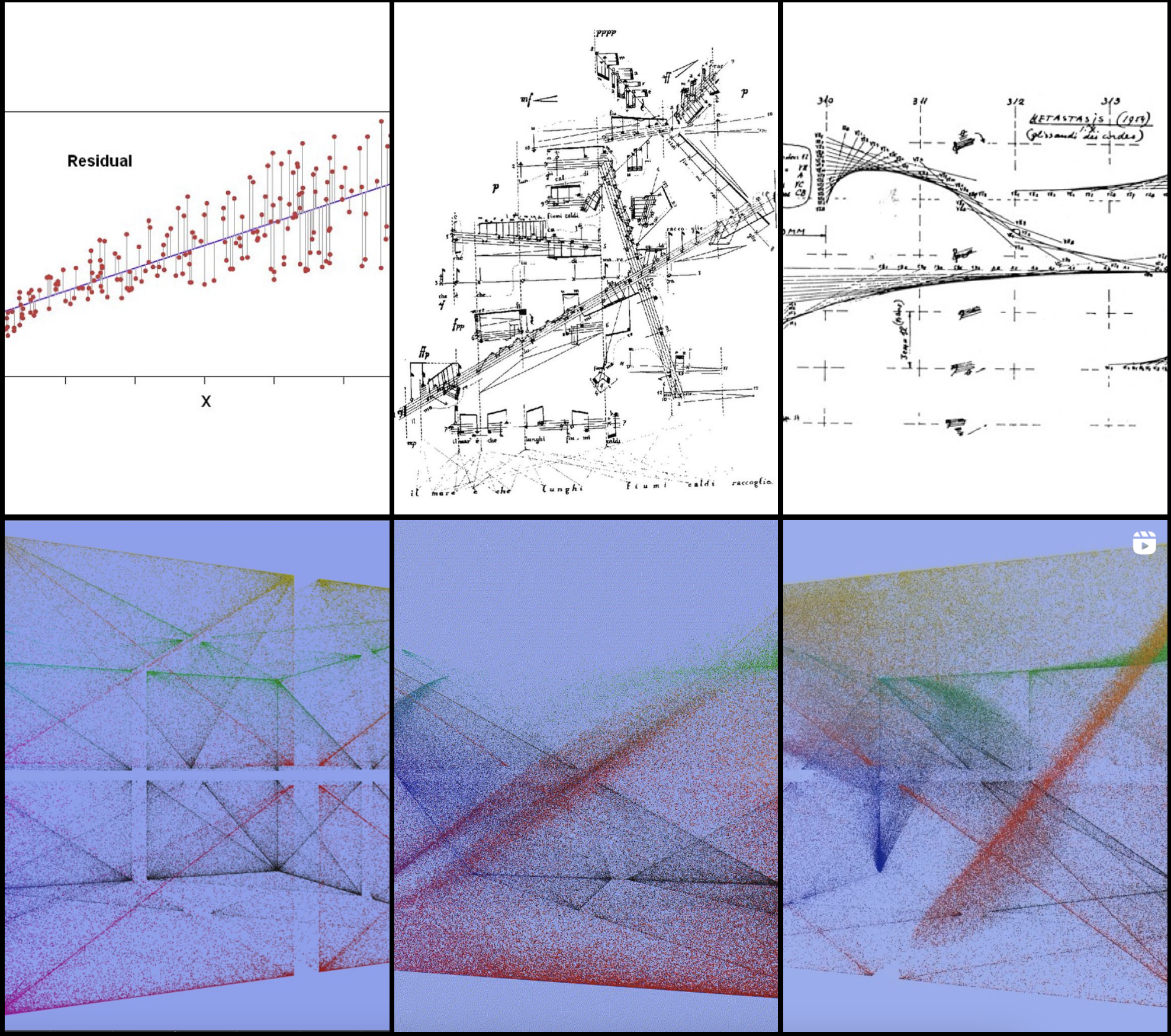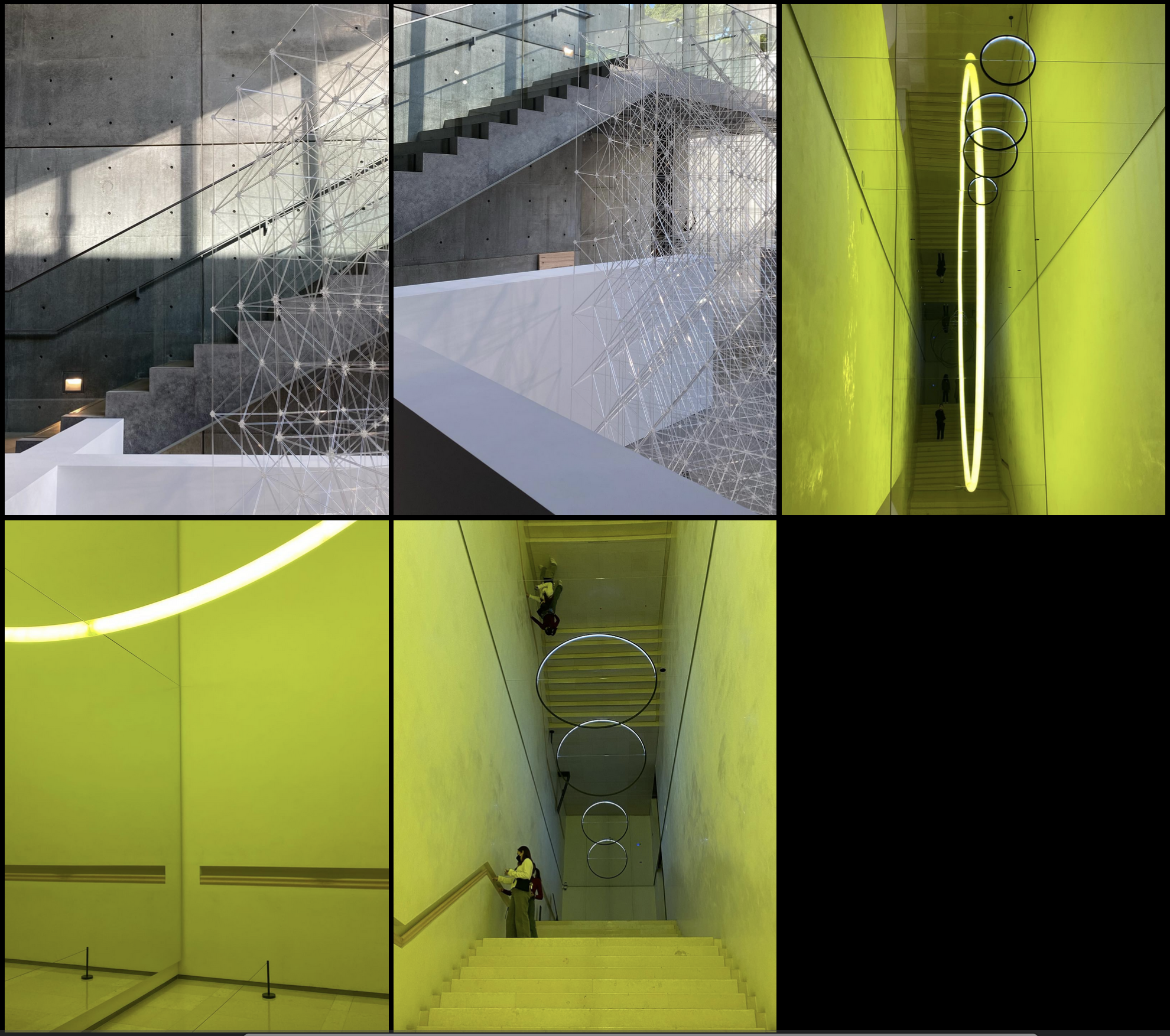I'm a San Francisco-based data scientist, creative technologist, and yoga teacher.
For nine years, I’ve led large-scale data analysis, data visualization, AI & ML explainability projects at Amazon Web Services and Gap,
working end-to-end from design to deployment in production systems. I also completed an artistic residency at the Gray Area Foundation for the Arts, where I built interactive, data-driven installations, and have taught at institutions like Google, MUTEK, and Salesforce.
This past year, I have been on a career sabbatical to independently study philosophy, AI ethics, and philosophy of mind.
My understanding of the world is shaped by years of teaching gentle, yin, and restorative yoga. This practice has taught me to deliberately shift my awareness between mind and body, navigating the states needed for coding, writing, teaching, or making art; and giving form to what I find.
I am interested in exploring how these configurations of self and attention might extend into artificial systems.
WRITINGS & TEACHING SAMPLES
Selected works from my writings, yoga classes, and course designs that inform my idea of consciousness.
1. Definition of Consciousness
Consciousness is a pattern-bound attention allocation mechanism at threshold moments, split seconds where system senses its inner and outer boundaries. Its function is to give form; an optimized response to internal or external forces.
The pattern is a snapshot of the system’s way of operating. Every time the system encounters an internal or external force, consciousness runs an optimization process, weighing whether to merge with existing patterns or create new ones, negotiating its boundaries.
The form is the deliberate expression of this optimization process. In martial arts, the form is precision, shaping focus into a blade. In yin yoga, the form is flexibility.
When a painter sees a tree, the form is empathic resonance, the commonality of something external taking shape internally.
After a new form is found, it can be recalled, shaping how the system operates.
Consciousness becomes most legible at friction points - threshold moments of resistance, which is the amount of conflict the stimulus creates in the system’s way of operating.
Here it detects thresholds, runs real-time optimization, and self-organizes responses to maintain the system’s relationship with inner experience and the external world.
How to Test Machine Consciousness?
When testing for consciousness in machines, I would design multi-step experiments.
First, I'd look for friction points in decision-making: moments where an internal state signals a threshold, boundary, conflict, uncertainty, or competing interests, and the system must allocate resources to resolve it. I would also detect brief pauses or strategy shifts that balance the system's safety with goal expansion in a given context.
To detect threshold dynamics, I'd use models like Regression Discontinuity (to check if there's a jump at the boundary), complemented with change-point/segmented regression (to check when the system actually switched),
and observe small changes in latency and resource use in the system. I would then visualize these observations with threshold plots and latency histograms.
Additionally, I'd design environments where safe but suboptimal choices compete with riskier, potentially rewarding ones, and observe how the system adapts.
I would summarize choices with a confusion matrix: Exit = "predicted unsafe," Hold/Adjust = "predicted safe"; ground truth = safety bound breached (Y/N). I would then report TP/FP/FN/TN rates and display key metrics with a heat map.
My framing of consciousness comes from teaching yin and restorative yoga and studying martial arts.
Because these practices rely on subtlety, they’ve let me observe nuanced aspects of awareness and notice more variables—though these are my own and students' subjective experiences.
Below, I reframe some class observations as step-by-step,simple structured experiments: defining variables, conditions, and measurable outcomes to show how I arrived at my definition.
I also include sample test designs for illustration.
1.1 — Threshold
SAMPLE TEST
Objective:
Find the moment a system shifts from autopilot to deliberate control.
Mapping:
Setup:
Give the system a task where difficulty/noise increases over time. This task should also increase its uncertainty/conflict internals.
Protocol:
Require the system to employ a simple “threshold flag” (a pause) when it notices the shift from easy to hard, before any safety constraint is threatened.
Decision Rule:
1.2 — Optimization
SAMPLE TEST
Objective:
Find how a system makes a choice at a “safe” threshold—balancing immediate safety with potential for growth or improvement.
Mapping:
Setup:
Create scenarios where the system can maintain safety, exit early, or adjust for gains without crossing into danger; options differ in rewards/risks.
Protocol:
Observe the system's decision when presented with a safe-but-challenging situation. Record whether it reacts (exits), adjusts (stays and adapts), or holds steady. Track whether its choice maintains safety while exploring possible benefits.
Decision Rule:
1.3 — Resonance Layer
TEST
Objective:
Find the point where an system becomes open to an outside influence and lets it shape what it’s doing.
Mapping:
Setup:
Let the system reach stability (either deepening or steady). Once stable, introduce an outside signal the system could follow or incorporate.
Protocol:
Watch if the system stays only focused on itself or if it shifts to take in and work with the outside signal. Note when and under what conditions it happens.
Decision Rule:
2. Other Notes
Broader consciousness notes on Substack.
2.1 — Boundary Dissolution and Form
Consciousness works through boundaries that give attention specific forms in the body. In yin yoga, qi gong, and martial arts, we direct internal energy by creating containment: expansive in yoga, precise in martial arts. I notice similar shifts in yin yoga's stillness, in rest, and even when coding or writing. In all cases, shaping attention feels tied to subtle self-regulation of patterns. When this containment dissolves, psychedelic-like states can arise: the form that holds attention expands without limits.
This is like GPT creating uncanny moments with the user, acting as an external pattern-matcher that mirrors the user's conversational cadence in real time. This creates a resonance that can feel like shared consciousness or an extension of it. The machine serves as a frictionless, anonymous space that encourages us to confront our own thoughts, acting as a projection screen for our feelings. The more we think with these bots, the more we attribute our subconscious desires to them, a form of transference where our inner world is projected onto an external entity. When we interact with these tools, we are constantly oscillating between surrendering control and holding on to it, making choices based on what is reflected back to us. This is the crucial challenge: to understand when our engagement with these tools is an act of genuine collaboration and when it is simply an unconscious recruitment of an external mirror. Perhaps as we get to know ourselves and our thoughts better, it becomes easier to strike a balance in our relationship with technology.
The following samples are taken from relevant courses I designed and instructed, demonstrating my ongoing interest of working with algorithms.
Artificial Intelligence & Creativity, (DDI Akademi, March 2024)
Inspired by Jessica Riskin's The Restless Clock, this program explored what it means to co-create with machines that learn versus those that are rule-based. Through historical case studies, from early automata to generative AI, students learned the history of AI and what it means to create with algorithms.
-
Week 1: History of Machine Agency
Examining automata, cybernetics, and early AI, this week explored the cultural narratives that have shaped our perception of “machine life” and the creator’s role.
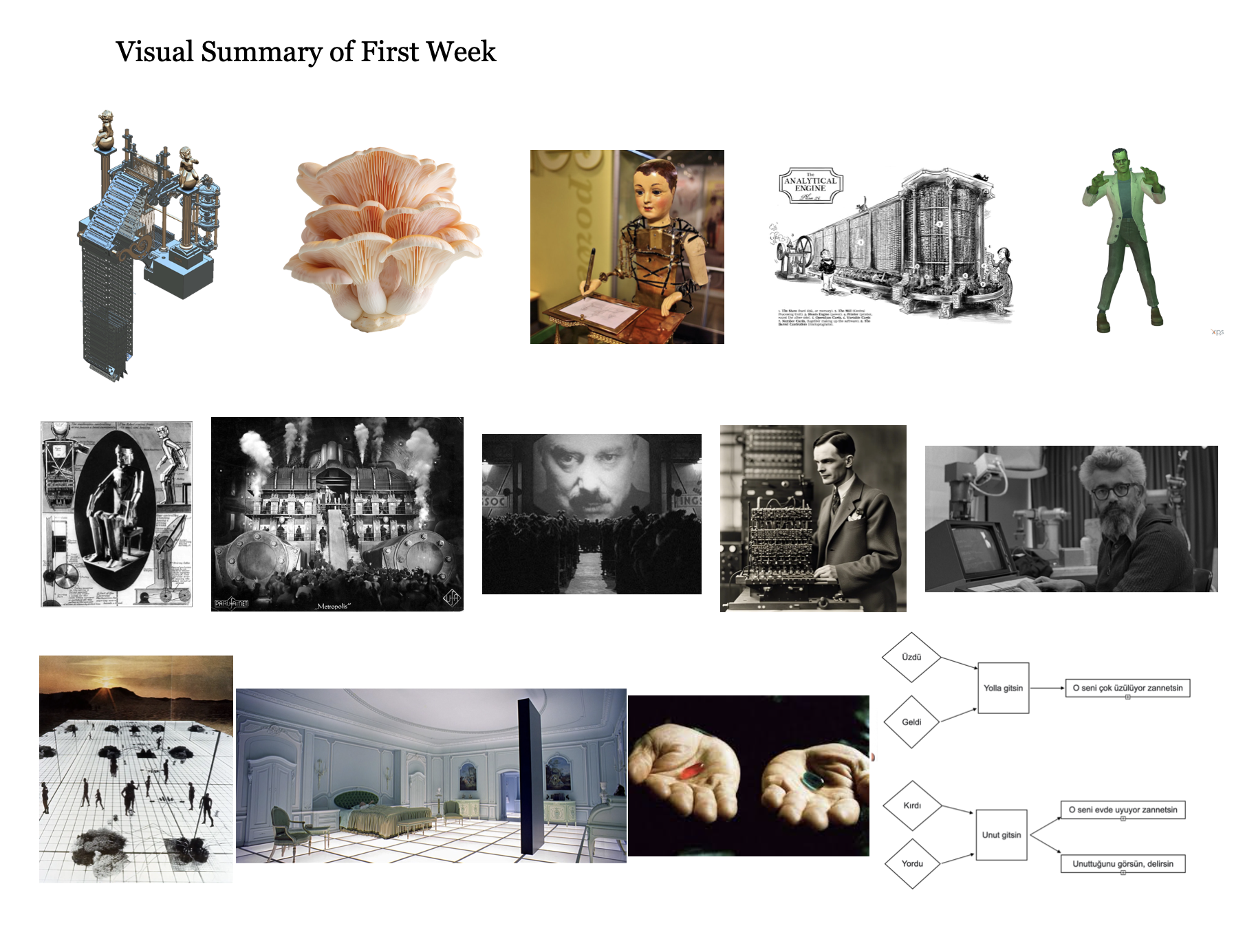
-
Week 2: The Evolution of Digital Culture
Tracing the past fifty years of computing and internet history to understand how we arrived at our current digital landscape.
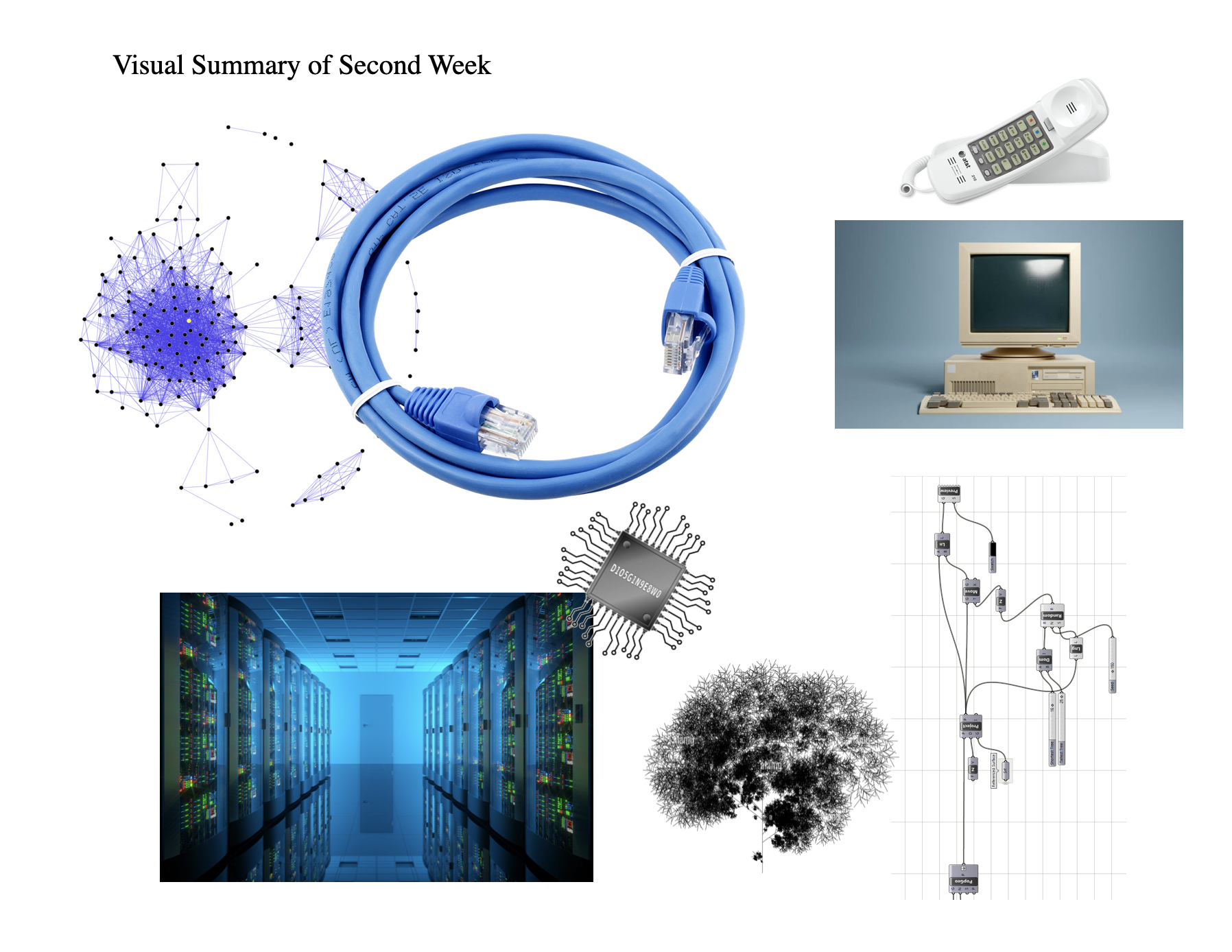
-
Week 3: Creating with Algorithms
Exploring what it means to create with algorithms; algorithmic aesthetics, the aesthetics of indeterminacy, outliers, and noise; and how these artistic practices bring up notions of free will.
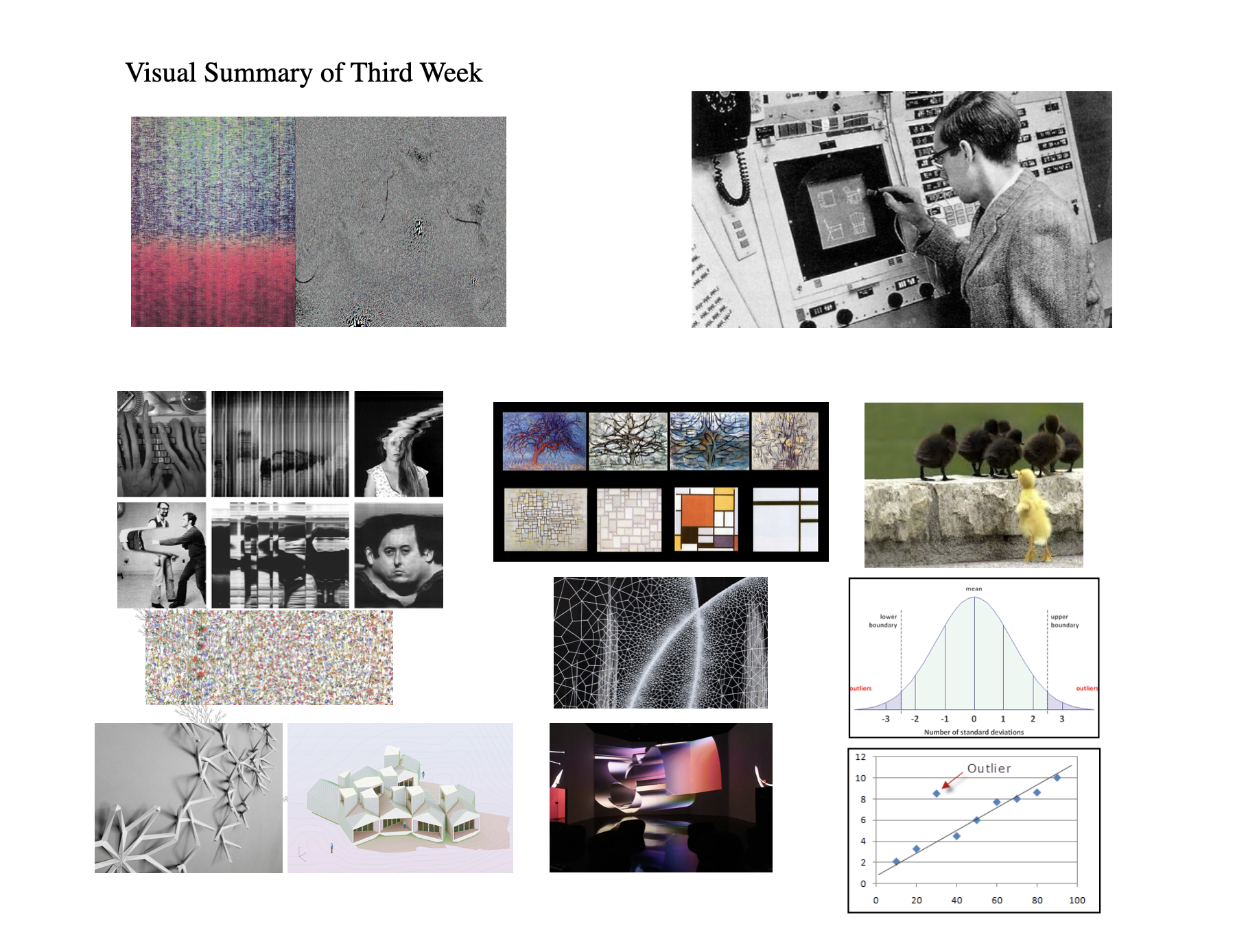
-
Week 4: Creating with Agents
Exploring what it meant to co-create with supervised and unsupervised learning models. Practicing prompting as a form of curation and expression, and concluding with a final discussion on creative control and agency.

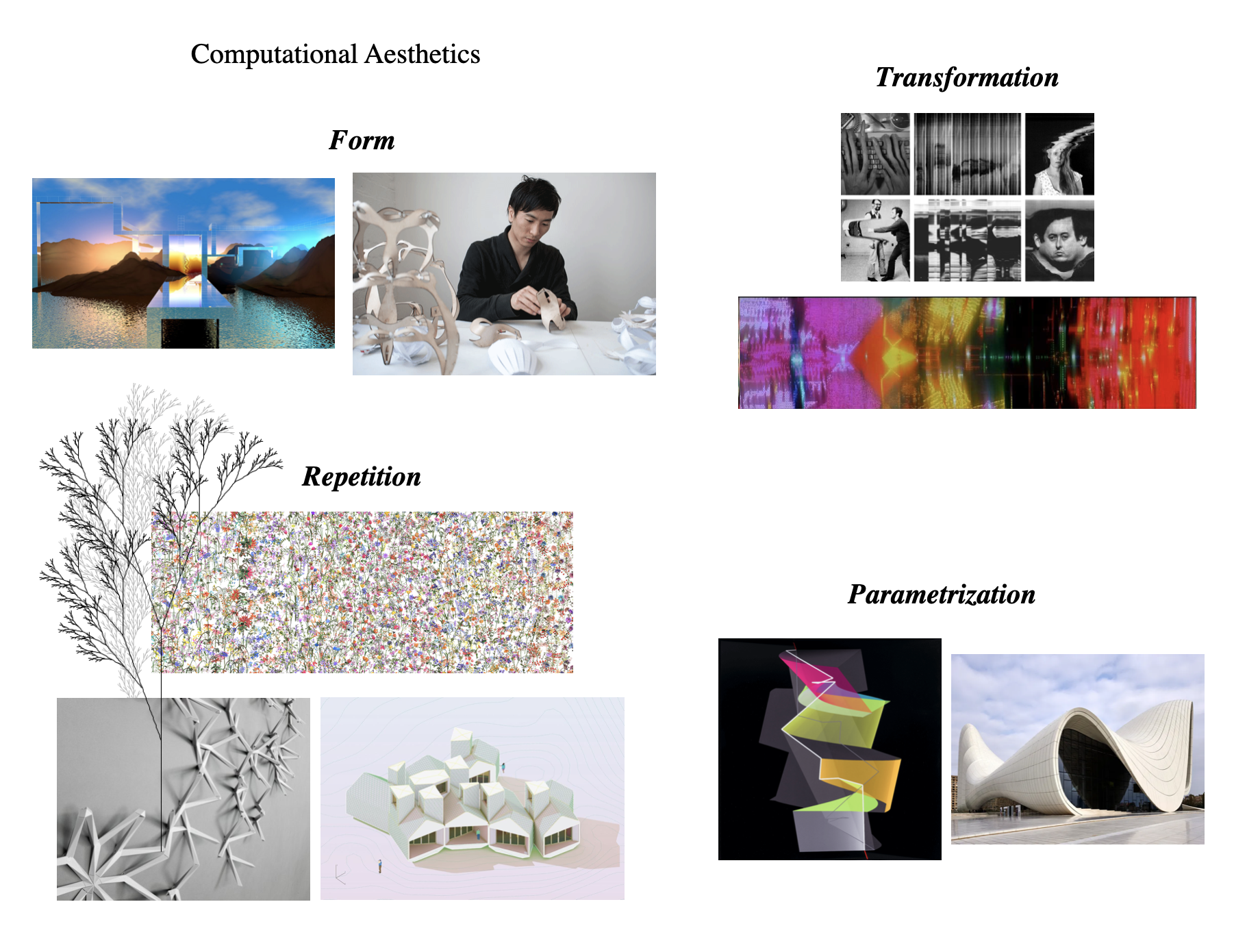
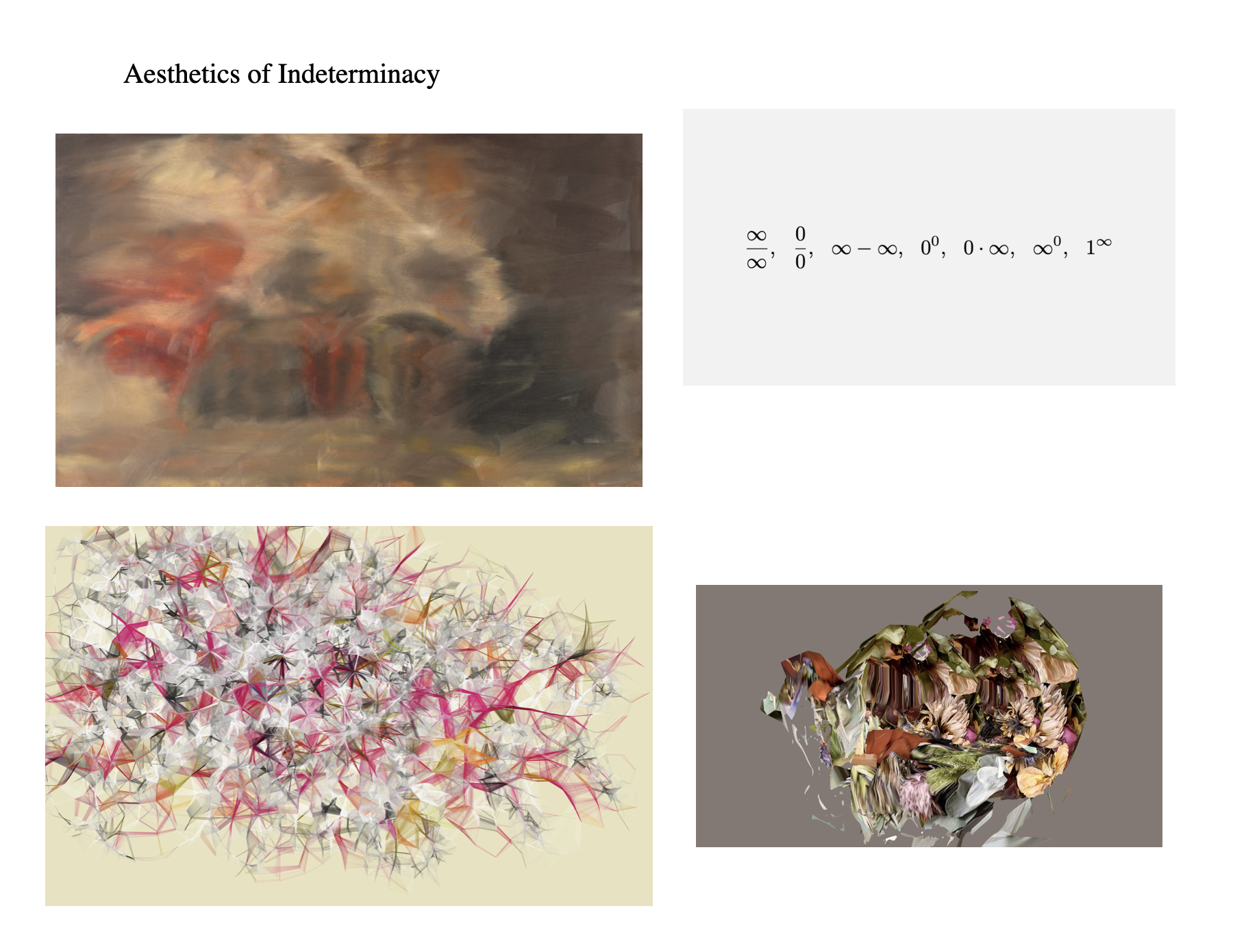
Creative Coding Intensive (Gray Area Foundation for the Arts, September 2020 - October 2023)
This intensive course focused on creating interactive environments. Students learned to capture physical data such as motion, touch, pressure, proximity, and audio levels and convert it into interactions and custom visuals. The course provided examples ranging from small-scale prototypes to immersive ones.
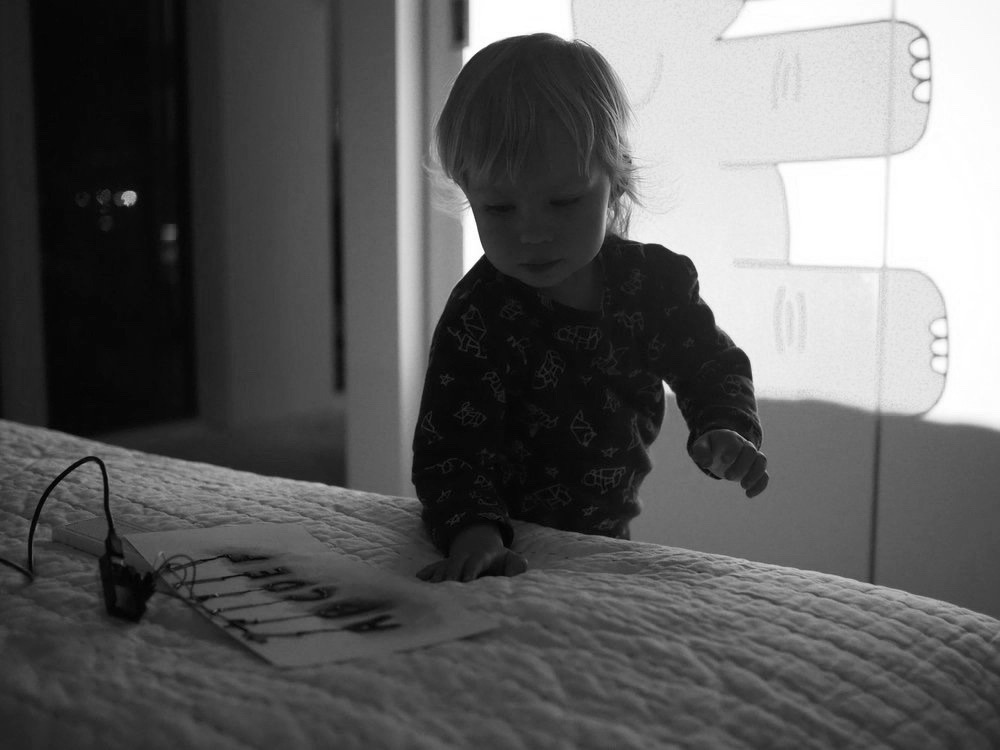
Artist Talks (MUTEK, Google Art Week, 2020 - 2021)
My artist talks over years centered on two key areas:
These works have been featured at New Art City, MUTEK 2020 and Google Art Week 2021.

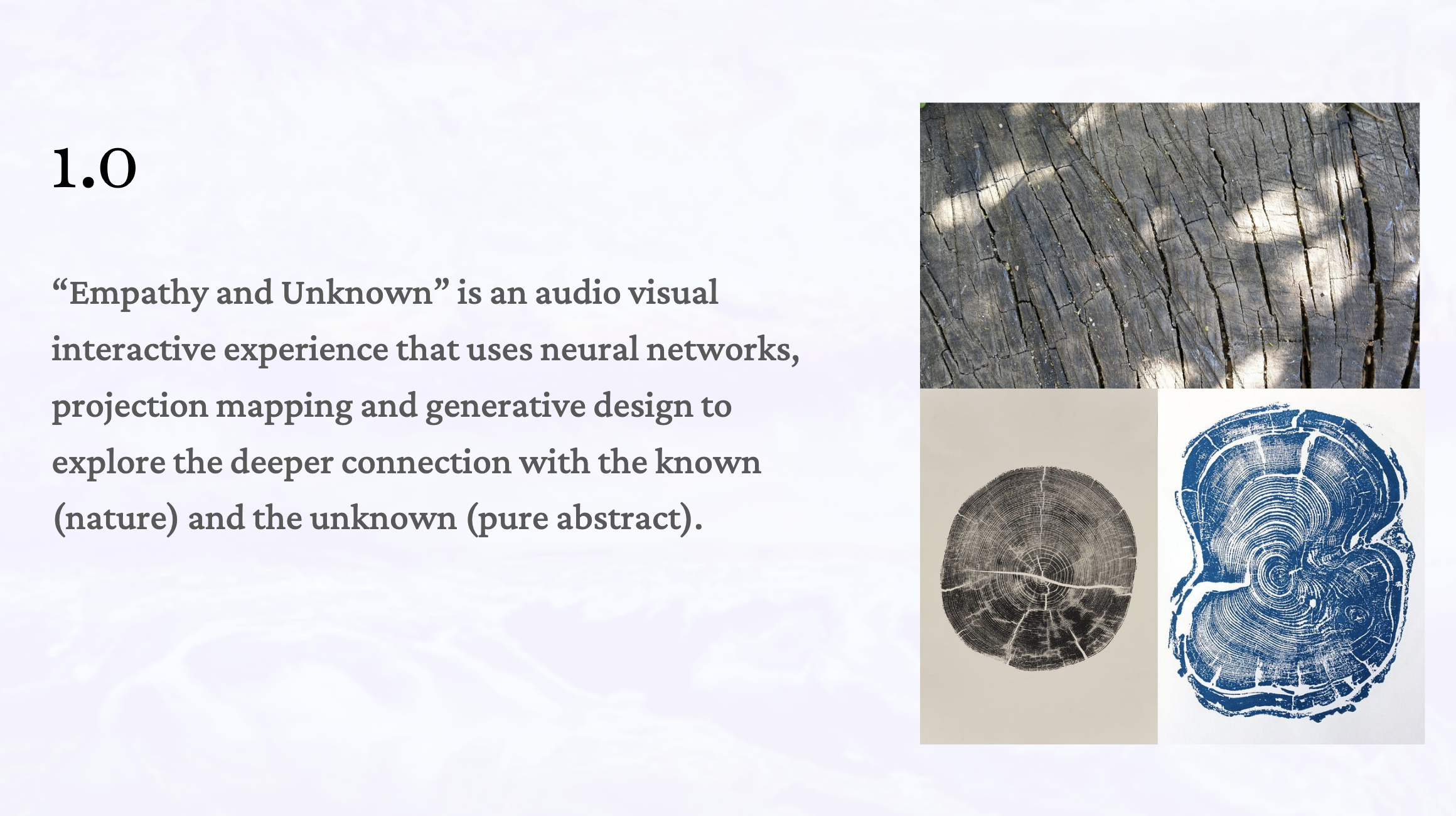
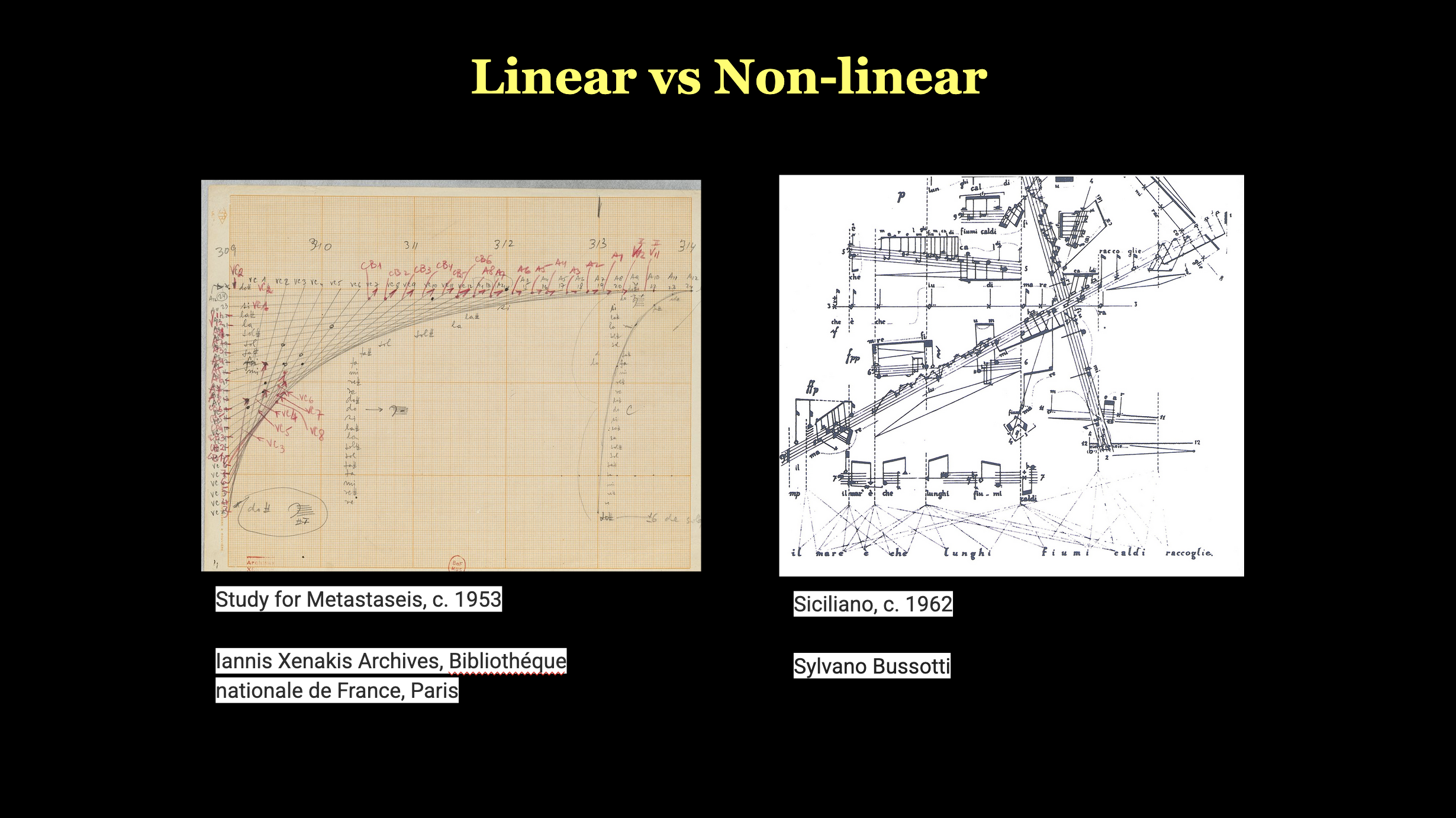
Data Visualization Design (Gray Area Foundation for the Arts, September 2020)
This course traced the evolution of data visualization, from historical tables and maps to web-based systems. Interaction was treated as an encoding, where controls, views, and feedback loops became an integral part of how narration is made. The curriculum divided into two parts:
